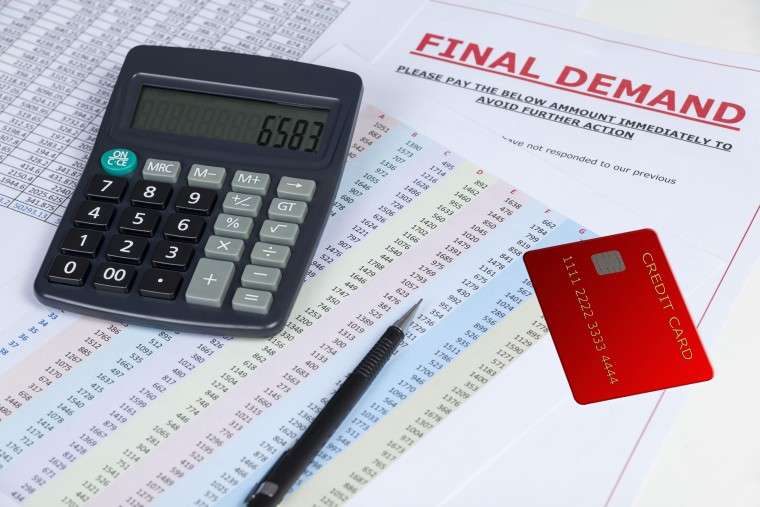New calculator can determine risk of poverty during next 5, 10 or 15 years

Republicans and Democrats seem to agree on precious little this election cycle. One point of potential concurrence are issues related to income — or lack thereof.
As U.S. median household income has stagnated over the last decade, candidates from both parties have put forth suggestions on how to prop up the middle class and reduce income insecurity.
But how many Americans are truly at risk of financial ruin?
A new poverty risk calculator, developed by two renowned experts on economic hardship, can determine the risk of poverty based on four factors: race, education, marital status and age.
The calculator is the brainchild of Mark Rank, the Herbert S. Hadley Professor of Social Welfare at the Brown School at Washington University in St. Louis, and Thomas Hirschl, professor in the Department of Development Sociology at Cornell University.
The idea behind this tool is similar to the logic behind the heart disease calculators that can be readily found on the Internet, Rank said.
Based on hundreds of thousands of case records taken from the Panel Study of Income Dynamics, an ongoing longitudinal study of Americans begun in 1968, the calculator estimates the percentage of Americans who will experience poverty in the next 5, 10 or 15 years. The poverty line for a family of four in 2015 was approximately $24,000.
What Americans will quickly discover as they use this new tool, Rank said, is that for many, the future risk of poverty is far from trivial. "Take the case of someone who might be thought of as having an overall low risk of poverty," he said. "The 15-year risk of poverty for an American who is in their later 30s, white, not married, and with an education beyond the high school level, is 32 percent."
Nevertheless, the calculator also demonstrates just how vast the inequalities in the U.S. actually are. "Race, education, marital status, and age make a huge difference in terms of who is more or less likely to experience poverty in the years ahead," Rank said. "For example, the five-year risk of poverty for an American between the ages of 45-49, who is white, married, and with an education beyond high school, is 5 percent."
In contrast, Rank said, the risk of poverty for an individual between the ages of 25-29, who is nonwhite, not married, and with an education of high school or less, is "a whopping 72 percent."
"In many ways, these divides have only been growing wider over time," Rank said.
As a result, not only can this calculator determine personal poverty risk, it also allows users to see just how profound the demographic fault lines are likely to be in the future.
"The calculator is a new way for Americans to look into the future and estimate their overall economic risk," Rank said. "It simply has not been done before. In addition, people can see exactly how much inequality there is in America by comparing their profile with others."
Rank and Hirschl are co-authors of the influential 2014 book, "Chasing the American Dream: Understanding What Shapes Our Fortunes." A paperback version is due out in March.
Provided by Washington University in St. Louis

















